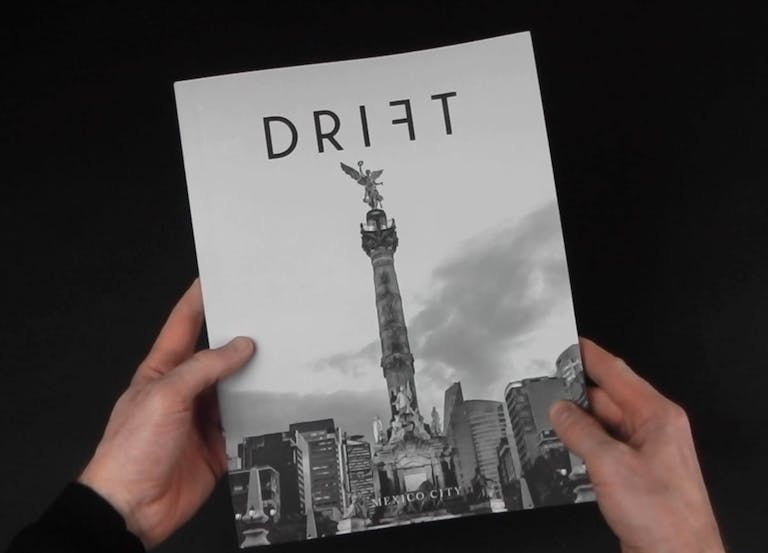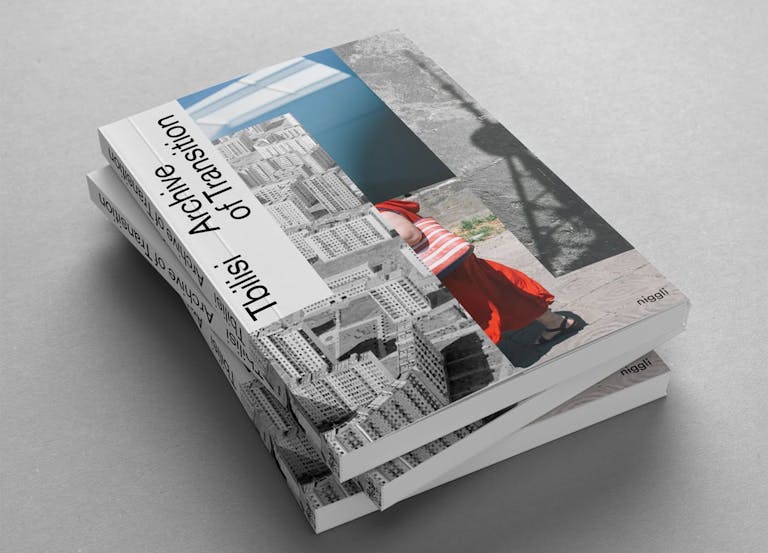Behind the Scenes: Grand Circus magazine
A publication dedicated to Detroit, Michigan, Grand Circus magazine offers an insightful look into life in the Motor City today. Once an industrial powerhouse, the city famously declared bankruptcy less than three years ago, and since then has seen an influx of startups, investors and creative workers drawn by the cheaper rent and greater openness. As National Geographic puts it, “Tough, cheap and real, Detroit is cool again.”
But what does all the change look like for people actually living there? Already in its third issue, Grand Circus magazine offers the unfiltered underside of Detroit through stories told by locals, brilliant photography, and surprising city recommendations. We spoke to founders Eileen Tjan and Alex Trajkovski to find out more.

There’s a great section in the magazine where local influencers are asked ‘What keeps you in Detroit?’ (above) I’d like to extend that question to you.
Eileen Tjan: The creative community there is completely supported by each other. In a city as large as London or New York, all of these isolated groups of people can feel very separate, and you can do work that ripples through your network, but then just dissipates. I love Detroit because the city is a great support system, especially coming out of the midwest, where people are a little conservative.
Alex Trajkovski: Detroit is kind of my hometown. I lived in New York for a number of years, and everyone would be like, ‘Oh god, thank god you got out of there’. So it comes from a point of civic pride, I think. And physically and aesthetically I really like the city, especially the downtown area. It’s beautiful and almost like an art deco time capsule, since the city flourished in the early 20th century — if you’re into that I highly recommend visiting.

‘Preserve the in-between’ was an article in the issue that talked about preserving the city’s natural landscapes…
Eileen: I think for the longest time, what was released was a lot of ruin porn, fetishising the burned down or boarded up houses. But the city itself is actually quite beautiful, the architecture’s got a lovely flow, but there’s some fun mismatched things happening too.
Alex: There is. There’s this mayan revival cathedral of finance — it’s kind of a skyscraper that looks like it came from the sands of New Mexico or Arizona — and it’s juxtaposed right next to these modernist towers called the Renaissance Centre, which is, like, neo-futurist.

The more mainstream commentary about Detroit is a lot of, ‘Detroit is rising up! Look at it’s resurgence!’, which made me appreciate the intimate and personal stories in this issue.
Eileen: Although we want to grow the magazine, I think it’s very important to capture the little things, the little details everyone knows and loves. We do want to share a bigger message, but we also want to archive, so that these personal intimate things aren’t lost as the city transforms and evolves.
I loved the Dollar Store story (below) in the Recommendations section, which goes beyond the usual expectations of city recommendations.
Alex: The dollar store is kind of an important part of the landscape, because it’s not the most walkable city yet, people are mostly driving, and dollar stores proliferate in the city. That was pitched to us by a a friend of mine, and as soon as I heard the idea I was like, “Yes, we need to put that in, just write it.”

It feels like the mag is made for people in Detroit just as much as it is for people outside of it…who was your subject when making this issue?
Alex: I knew that Detroiters would be interested in this issue, but the challenge is to attract people who might not be interested in Detroit. So while we are solely focused on what’s happening in the city, we hope that a lot of the content would be appealing to someone who’s not even interested in coming here — we just hope that it stands on its own.
The interview with director of the Red Bull House of Art echoes that sentiment; he talks about a lack of “firm criticism” in the Detroit art scene. Good art should be able to stand on its own, without the ‘Made in Detroit’ tagline.
Eileen: A lot of people want to preserve the old ideas of Detroit and merge it with the new, and we’ll get a sense of pride mixed with defence. So sometimes, what can happen is that people only want to show the good, because it’s an immediate response to all of the bad that has been put out there. The challenge that’s put on our community is to communicate responsibly, to make sure that we’re not just showing glossy shiny, positive things.
When we were interviewing Shigeto, a musician from Michigan, our conversations led us to realise that this magazine is a very cool thing, and we have to work hard on it, but it is a vessel of communication, and the weight on us to be fair should outweigh being hype.
Photography of magazine spreads by Samuel Lucas Gove
—
Discover the best publishing from cities all around the world – sign up to Stack and we’ll deliver our favourites to your door every month






